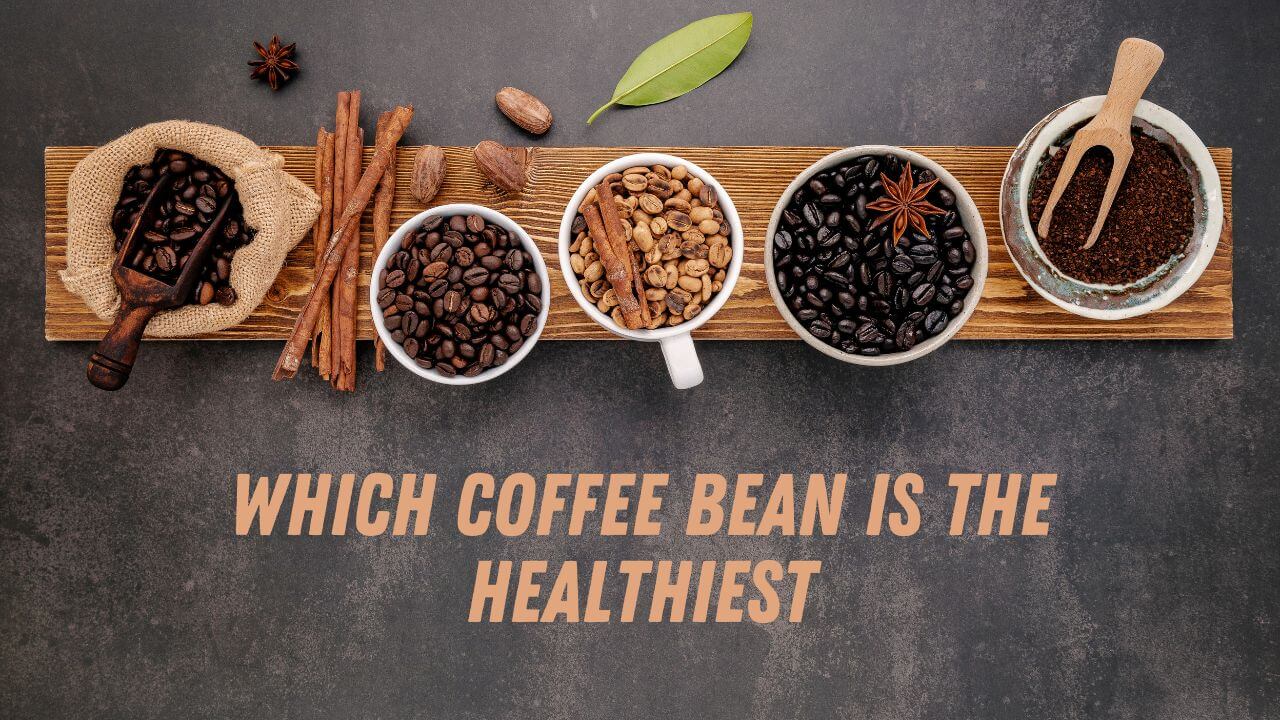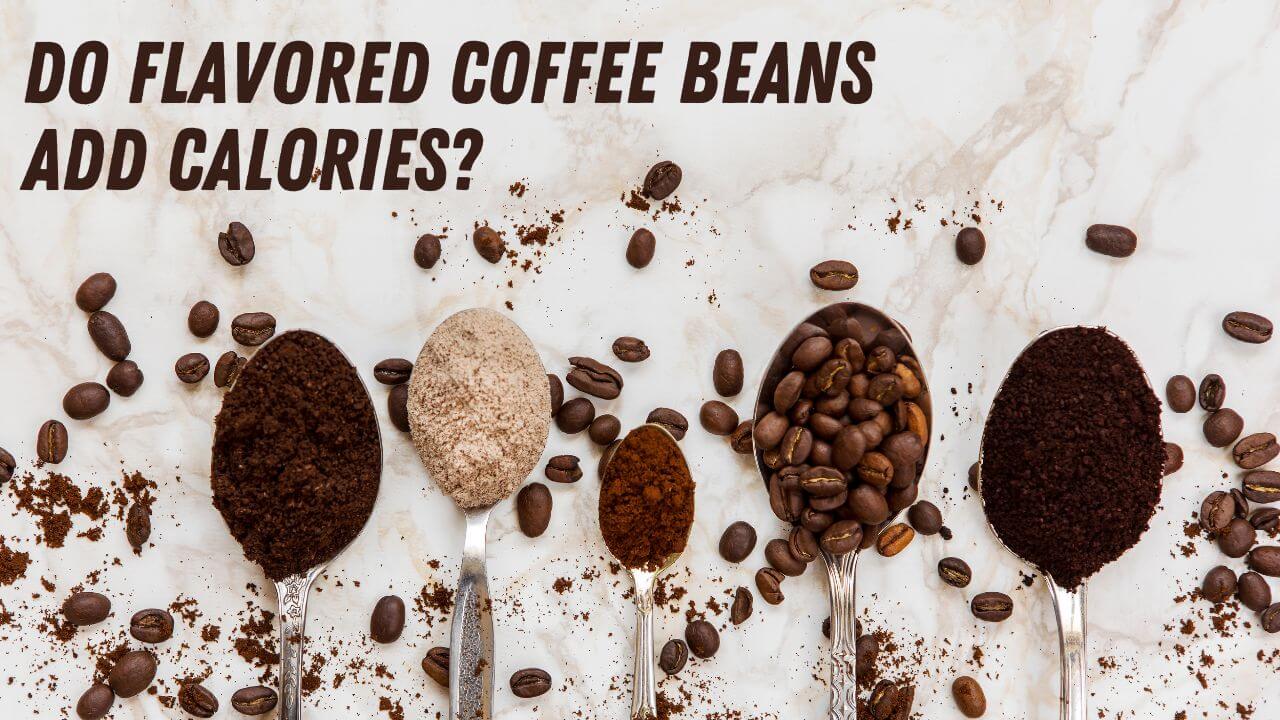Most of us are familiar with the smell and taste of a freshly brewed cup of coffee. But have you ever noticed that some coffee beans are "oily"?
If you've ever wondered what this means, then you're in the right place. In this article, we'll explain what it means when coffee beans are oily and how it affects their flavor.
Coffee is one of the most popular beverages in the world, and for good reason: its rich flavor can wake us up in the morning or provide a comforting pick-me-up during an afternoon slump.
But if your coffee beans seem unusually oily, it could indicate something about their quality or freshness. Read on to find out more about why coffee beans become oily and how it affects their flavor.
What Causes Coffee Beans To Become Oily?
Oily coffee beans are a common problem for coffee drinkers. The cause of the oiliness of the beans is an enzymatic reaction that occurs during roasting. As the temperature of the roast increases, so does the enzymatic reaction, causing more oil to be released from within the bean.
This oil builds up on the surface of the bean and can give it a glossy or greasy appearance. The amount of oil present in coffee beans can vary greatly depending upon their origin, roast profile and storage conditions. Lightly roasted coffees tend to have lower levels of oil due to less time spent in the roaster, while dark roasts typically have more oil because they spend longer in roaster and increase their enzymatic reactions.
Beans stored in warm and humid environments also tend to be more oily as moisture can break down oils within the bean and cause them to be released onto its surface. When purchasing coffee beans, it is important to look for ones that are not overly oily as this can indicate that they are stale or over-roasted.
Coffee beans should be stored in an airtight container away from heat sources, direct sunlight and moisture in order to reduce their chances of becoming too oily. Freshly roasted coffee beans should have a matte or slightly shiny appearance without any visible signs of excess oil on their surface.
What Does Oily Coffee Mean For Flavor?
When coffee beans become oily, it often signals that the beans have been roasted too long. Oily coffee beans can have a more intense flavor than regular coffee beans and are particularly popular in espresso drinks. However, this type of bean requires careful preparation to ensure that it does not overpower other ingredients or flavors.
The amount of oil present in the bean affects how it should be prepared for optimal flavor. Generally, oily coffee beans should be ground very finely for espresso-style drinks like cappuccinos or lattes. The fine grind will help to extract maximum flavor from the bean and create a strong-tasting beverage. For filter-style coffees, the grind size should be adjusted depending on the desired strength of the drink.
Oily coffee is an acquired taste, but when brewed correctly can add an intense depth of flavor to your favorite beverage. Roast masters must take care when roasting these types of beans in order to achieve the desired result without overdoing it and creating burnt or bitter flavors. When done right, oily coffee can provide an interesting and complex cup with sweet notes and a smooth finish.
Is Oily Coffee Bad?
Have you ever noticed that when you grind coffee beans, the grounds look slightly oily? Well, that's completely normal and is part of what gives your cup of coffee its flavor. But it can also be a sign that something isn't quite right.
So what does it mean if coffee beans are oily?
Coffee beans become oily when they are overroasted or stored for too long. This causes them to release oils which can affect the flavor of the final product. Overroasting can also make the coffee taste burnt and bitter, resulting in an unpleasant cup of joe. If you're buying pre-ground coffee, check to see if there's a slight oiliness on the grounds—this could be a sign of over-roasting.
It's important to note that not all oils are bad for your coffee—in fact, some types can enhance the flavor! Different varieties of coffee have different levels of oil content, so it pays to experiment with various blends to find out which one suits your tastes best. If your chosen blend does turn out to be too oily though, don't despair—there are ways to reduce it such as storing beans in an airtight container or roasting them at a lower temperature.
How Can You Tell If Coffee Is Oily?
Coffee beans that are oily generally have a glossy or shiny appearance. This can be observed when the beans are dry and free from any moisture.
Oily beans will also typically feel greasier to the touch than beans that are not oily. Furthermore, when ground, the grinds of oily coffee will often stick together in clumps due to their high oil content.
The oils present in coffee beans provide a range of desirable characteristics. Oils in coffee can enhance flavor, giving it more complexity and body, as well as aiding in its aroma. Oily coffees also tend to have a longer shelf life than non-oily coffees since they are less prone to losing their freshness over time.
It is important to note that not all oils in coffee are desirable ones. If left unchecked, some oils can lead to rancid flavors and unpleasant odors which should be avoided at all costs when selecting coffee.
It is therefore essential to check for signs of oiliness before purchasing coffee beans so you can ensure that you're getting the highest quality possible.
How Can I Avoid Buying Oily Coffee?
When it comes to coffee beans, the presence of oil can be indicative of a quality product. Oily coffee beans are created when the oils in the bean remain intact after roasting and grinding. These oils bring out the flavor notes of the coffee and give it a rich, intense taste.
However, not all oily coffee beans are ideal for brewing; if they were over-roasted or ground too finely, they may not provide an optimal flavor.
When shopping for coffee beans, look for ones that have a glossy sheen with no visible excess oils on the surface. Coffee beans should also feel dry to the touch if they're not too oily. Also check to see if the beans are evenly roasted and ground; this will indicate that they have been processed properly and won't be overly oily.
If you're still unsure whether your coffee beans are too oily or not, try tasting them before purchasing them. Make sure to grind some of the beans into a powder and taste it to get an idea of what kind of flavor notes you can expect from your cup of joe. If you find that there is an unpleasant bitterness or overly strong flavor, then it may be best to avoid buying those particular beans.
Conclusion
Overall, it's important to understand what an oily coffee bean is and how it affects flavor.
There are a few factors that can contribute to oily beans, such as over-roasting or low-quality beans.
While there's nothing necessarily wrong with oily coffee beans, they can affect the flavor of your cup.
If you're looking for the best tasting cup of coffee, it's best to avoid buying oily beans.
To ensure the highest quality cup of coffee, do your research and find out where the beans come from and how fresh they are before making a purchase.
With a bit of knowledge and effort, you'll be able to enjoy a delicious cup of joe every time!





